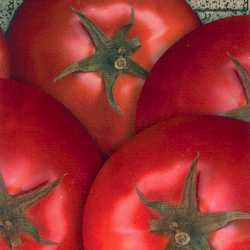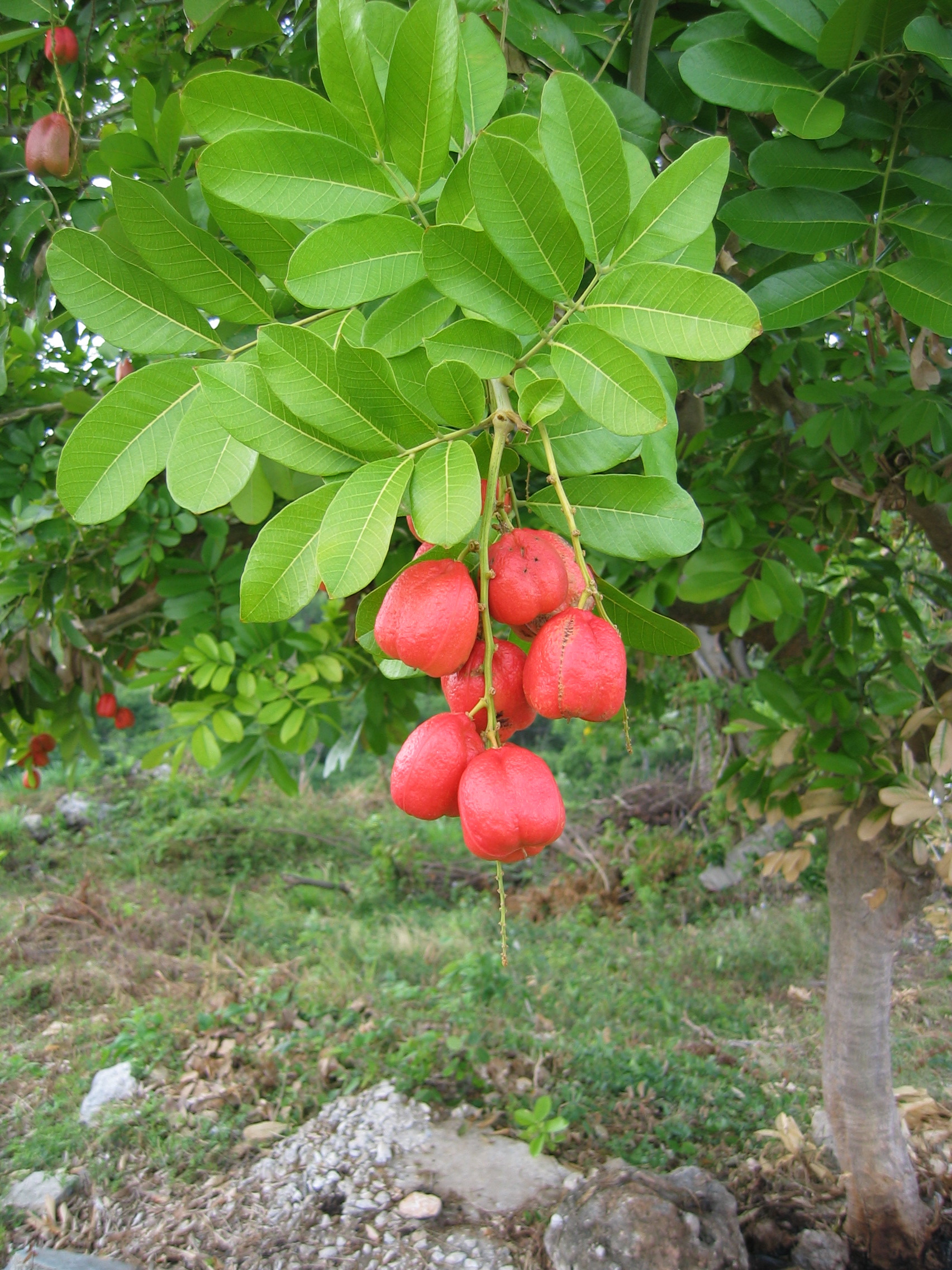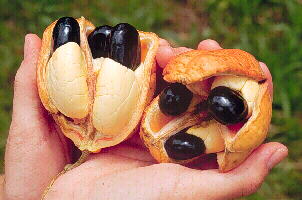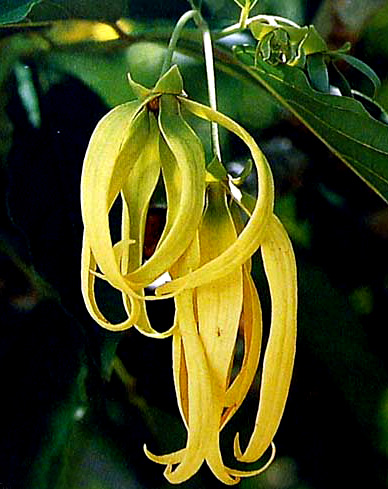You say ‘Tomato’, I say… | How to Grow Tomatoes in Florida
 By Debbie Hughes, Estates Horticulturist
By Debbie Hughes, Estates Horticulturist
While most of the country is winding down their harvest season, in Southwest Florida we are getting prepared for our fall and winter season of growing vegetables. Since the days are getting shorter instead of longer, not all tomato varieties will work in our conditions. Bella Rosa, Floralina, Homestead, Florida Basket, Snow White, and Cherokee Purple are the tomatoes enticing me this season.
- Bella Rosa is a mid season tomato with heat tolerance and resistance to tomato wilt.
- Floralina is a tomato developed by University of Florida and North Carolina State with resistance to three types of fusarium wilt.
- The Homestead variety of tomato is especially recommended for Florida gardeners.
- Florida Basket is perfect for growing in hanging baskets.
- Snow White tomatoes are a pale yellow cherry, sweet without being too sugary. The Estates grew this tomato successfully last year and I found myself snacking on these delightful mouthfuls every day once the bush was mature.
Terms to look for when purchasing tomato seeds include “determinate growth” and “indeterminate growth”. A determinate grower reaches maturity size then begins to flower and produce a set amount of tomatoes, and an indeterminate grower will grow and produce as long as the tomato plant is happy. Another characteristic to consider is the number of days to maturity which could be as short as 60 days and as long as 90 days.
The Estates uses nursery flats heaped with a sterile, soil-less seed mix. The mix is a combination of fine particle perlite, vermiculite, and peat moss.
- Pat the mix down level and water it.
- Sprinkle seeds on the top of the mix, and cover the tiny seeds with a fine layer of mix.
- We have a plastic dome that fits over the nursery flat that provides humidity and warmth inside the mini-greenhouse. Humidity and warmth are two components needed for seed germination.
- Choose a location out of direct sunlight without too much heat. Little sprouts may be apparent within three or four days.
Once four leaves are evident on the seedling, it is time to start using a balance liquid fertilizer (10-10-10) or a worm tea and move into additional sunlight (not full sun yet). The fertilizer reminds the tomato to grow as the media used does not have nutrients necessary for the plants continued growth; the soil-less mix only decreases the chance of seedlings damping off and dying.
In a couple of weeks, the Estates will have tomato plants for sale at the Garden Shoppe and the Downtown Farmers’ Market as seedlings so that you can plant them at home in 5 gallon buckets, raised beds, or other containers (the ground in Florida is not favorable for tomatoes because of nematodes). Come by the Estates Heritage garden to see how our tomatoes are progressing.
Look for future blogs once the seeds are sprouted and growing and we will discuss transplanting them into larger sized pots and then hardening off the seedlings to finally get them into their new home .
Plant Spotlight: Ackee
By Dick Dutton, Estates Plant Curator
Ackee, Blighia sapida, Sapindaceae

The Ackee (or Akee) is a native to West Africa but found a new home in Jamaica in the 18th Century. The scientific name, Blighia sapida, is named for Captain William Bligh who took it from Jamaica to England.

The Ackee is related to the Lychee and the Longan and can grow up to 30 feet high. Ackee fruit opens at maturity, with three cream colored arils, each tipped with a black seed. The edible aril is eaten cooked, but must be mature, fresh, and harvested when the fruit opens naturally. Immature arils, overripe arils, the outer rind of the fruit, the pink membrane under the seeds and the seeds are toxic and can be fatal. When harvested and prepared correctly, the arils are delicious and safe to eat. Ackee and saltfish is highly esteemed in Jamaica, where it is the national dish.
There is a mature Ackee tree at the Edison and Ford Winter Estates just inside the entrance gate to the riverside property on the left.
Plant Spotlight: Ylang Ylang
by Dick Dutton, Plant Curator

Ylang Ylang Tree, Cananga odorata, Annonaceae
The Ylang Ylang is an evergreen tree around 30 to 45 feet tall with gracefully drooping branches. It is often grown in the gardens of Southeast Asia and has yellow-green, highly fragrant, drooping flowers, which appear almost continuously on the leafy twigs. The oil of the flower is used to make Chanel No. 5 perfume.
There are two mature Ylang Ylang trees at the Estates, both located near McGregor Blvd in front of the Edison guest house. Area neighbors walk by the trees just outside the grounds and enjoy the beautiful, exotic fragrance of their flowers.
There are two other forms of the Ylang Ylang on the Estates grounds; a large vine by the pool and cistern and a dwarf scrub bush just inside the fence along McGregor on the Caretaker’s property.
If you are interested in enjoying the Ylang Ylang’s famous fragrance from home, the plant is available for sale in the Estates Garden Shoppe. The trees for sale are propagated from seeds from the Estates’ own trees.